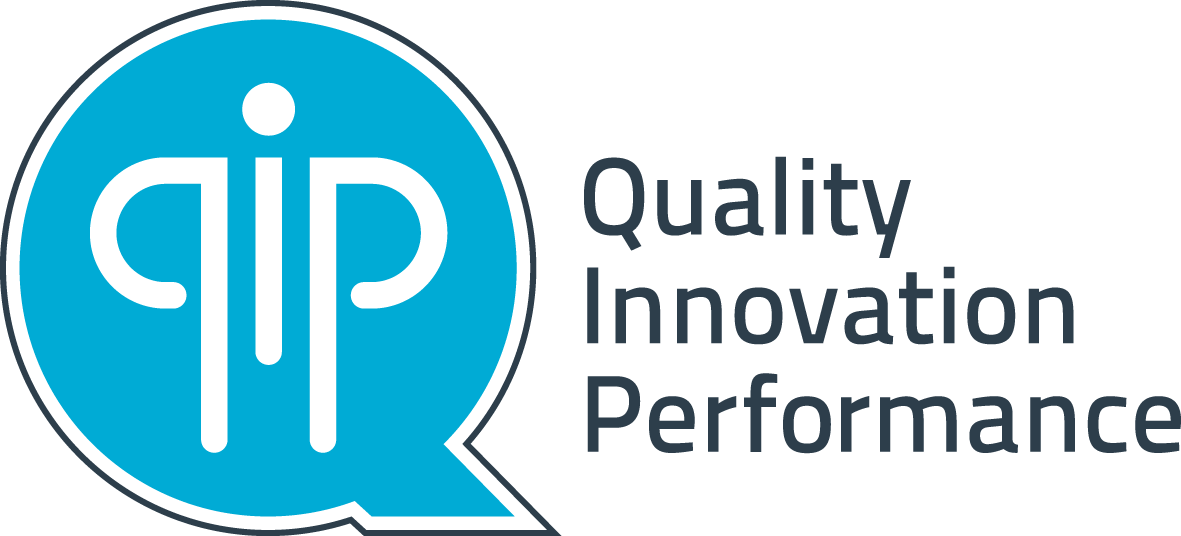Latest news

Elevating Healthcare: Navigating the National Safety and Quality Primary and Community Healthcare Standards
Australia experienced a profound transformation in its healthcare landscape with the launch of the National Safety and Quality Primary and Community Healthcare Standards (the Primary and Community Healthcare Standards) in October 2021. Forged by the Australian Commission on Safety and Quality in Health Care (The Commission), these standards mark a significant stride in ensuring the welfare of the public and elevating the standards of healthcare delivery throughout primary and community settings.
Comprehensive Approach to Healthcare Standards
The Primary and Community Healthcare Standards are designed for a diverse array of healthcare providers, and encompass services focusing on prevention, treatment, and management of illness and injury, as well as the promotion of mental and physical well-being. This comprehensive approach is a testament to their adaptability, ensuring relevance across a wide spectrum of healthcare settings.
What organisations should be accredited against the Primary and Community Healthcare Standards?
The Commission strongly encourages any organisation that provides any services in the Primary and Community sectors to consider accrediting against these Standards. While not exhaustive, examples of providers include:
Public sector
- All drug and alcohol services
- Public dental practices
- Community wound management programs, and
- Palliative care ambulatory services.
Private sector
- Allied health service providers including:
- Audiologists
- Chiropractors
- Dietitians
- Exercise physiologists
- Genetic counsellors
- Myotherapists
- Music and play therapist
- Occupational therapists
- Orthoptists
- Orthotists and prosthetists
- Osteopaths
- Pharmacists
- Physiotherapists
- Podiatrists
- Psychologists
- Radiographer (or medical imaging technologist)
- Social workers
- Sonographers
- Speech pathologists.
- Community services, and
- Nurse-lead practitioner clinics, such as bush nursing practices.
The broad range of service types falling under these standards is evident from the examples provided.
Key Features of the Primary and Community Healthcare Standards
The Primary and Community Healthcare Standards adopt a patient-centred care approach, outlining essential processes and structures to support the delivery of safe and high-quality healthcare. Though voluntary, The Commission strongly recommends that all primary and community healthcare services involved in direct patient care implement these standards.
The Primary and Community Healthcare Standards (first edition) consist of three Standards covering clinical governance, partnering with consumers, and clinical safety:
- The Clinical Governance Standard establishes relationships and responsibilities within healthcare services to ensure positive clinical outcomes, instil community confidence, and guarantee effective systems for safe, high-quality healthcare delivery.
- The Partnering with Consumers Standard outlines systems and strategies for implementing a patient-centred healthcare approach, involving patients in shared decision-making, empowering them as partners in their healthcare journey, and engaging them in enhancing and designing quality healthcare services.
- The Clinical Safety Standard focuses on addressing and mitigating risks in specific high-risk areas commonly encountered in healthcare.
Assessment models
There are four models of assessment available for the Primary and Community Healthcare Standards, recognising the varying stages of readiness and engagement across the sector. In most instances, a healthcare service may choose what model of assessment they undertake, dependent on their level of readiness.
Stage 1 – Desktop Assessment
Accreditation assessment every two years, with two assessment cycles*. A Certificate of Accreditation (Stage 1) will be issued by the accrediting agency.
Stage 2 – Desktop + virtual assessment comprising observations and interviews
Accreditation cycle every three years, with one assessment cycle for healthcare services involving physical examinations, therapies, or procedures upon patients*. Otherwise, they are unlimited. Upon completion, you will receive a Certificate of Accreditation (Stage 2) from your accrediting agency and will be registered on the Commission’s website.
Stage 3 – Desktop + Onsite assessment comprising observations and interviews
Accreditation cycle every three years with an unlimited number of cycles at this assessment level. Upon competition, you will receive a Certificate of Accreditation (Stage 3) from your accrediting agency and will be registered on the Commission’s website.
Stage 4 – Regulator-stipulated short notice assessment comprising of desktop assessment + on-site visit
Accreditation cycle every three years with an unlimited number of cycles at this assessment level. Upon completion, you will receive a Certificate of Accreditation (Stage 4) from your accrediting agency and will be registered on the Commission’s website.
* Approval for an extension to use a certain model of assessment for more than the specified limit of assessment cycles in any particular case may be granted by the Commission in exceptional circumstances based on criteria that includes a risk assessment, the nature of the healthcare service’s participation in the assessment process, its IT capacity, availability of other safety and quality data and evidence feedback on safety and quality performance against national or state-level agreed indicators.
Webinar on Primary and Community Healthcare Standards
To shed light on the intricacies of the Primary and Community Healthcare Standards, we hosted a webinar with esteemed speaker Margaret Banks, Director at the Australian Commission on Safety and Quality in Healthcare in November 2023. The webinar addressed various learning objectives, including:
- Understanding the reasons for the scheme and who it applies to.
- Gaining a comprehensive understanding of the Primary and Community Healthcare Standards.
- Learning the benefits of participating and the areas of risk for not participating.
- Understanding the various assessment models, including the stipulation of regulatory, contractual or licensing requirements.
- Discovering the potential for enhancing healthcare services by unlocking a brighter and safer future through the accreditation process.
Watch the full webinar to discover why adopting the new Primary and Community Healthcare Standards represents a beacon of progress in Australian healthcare.



